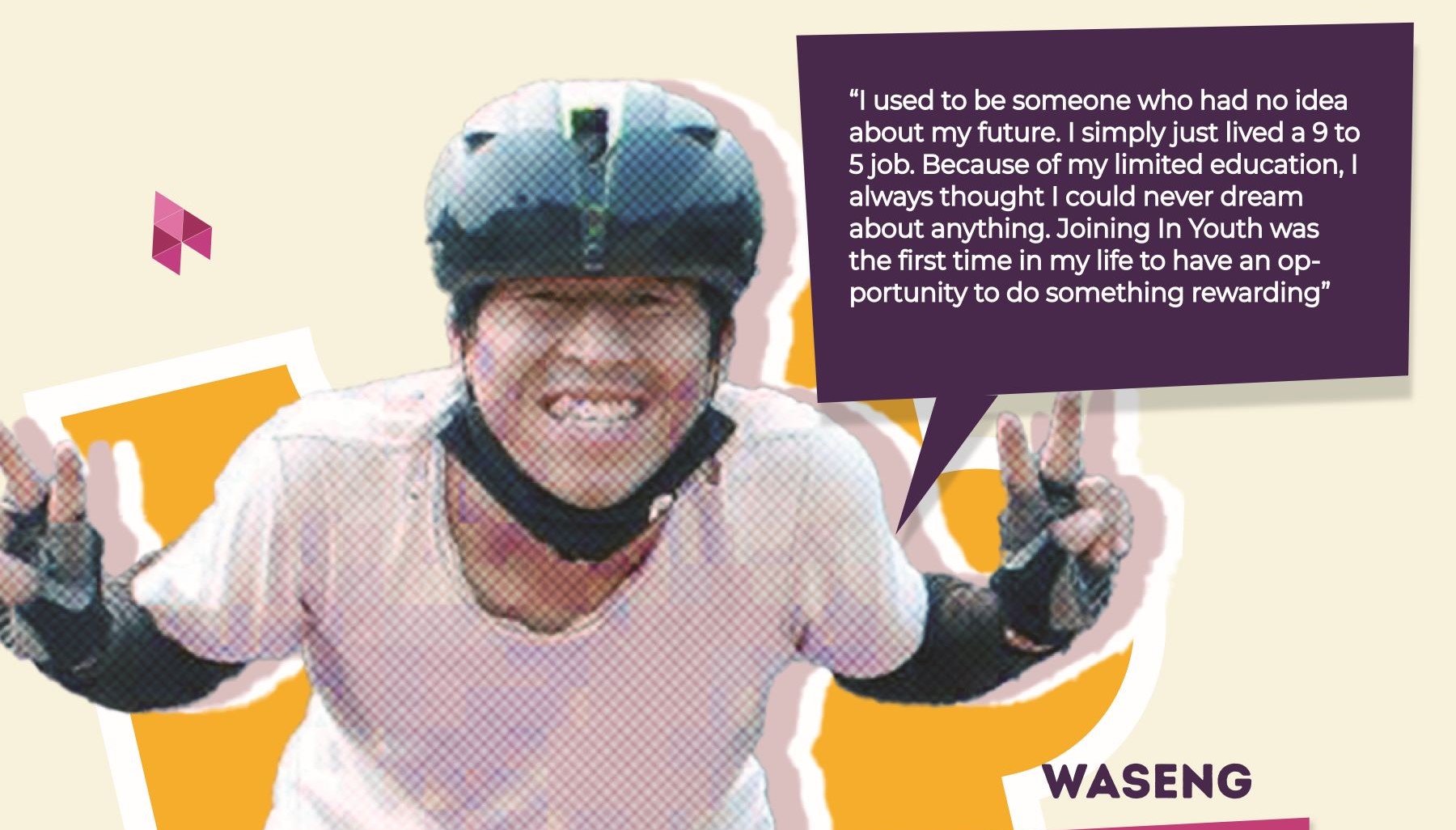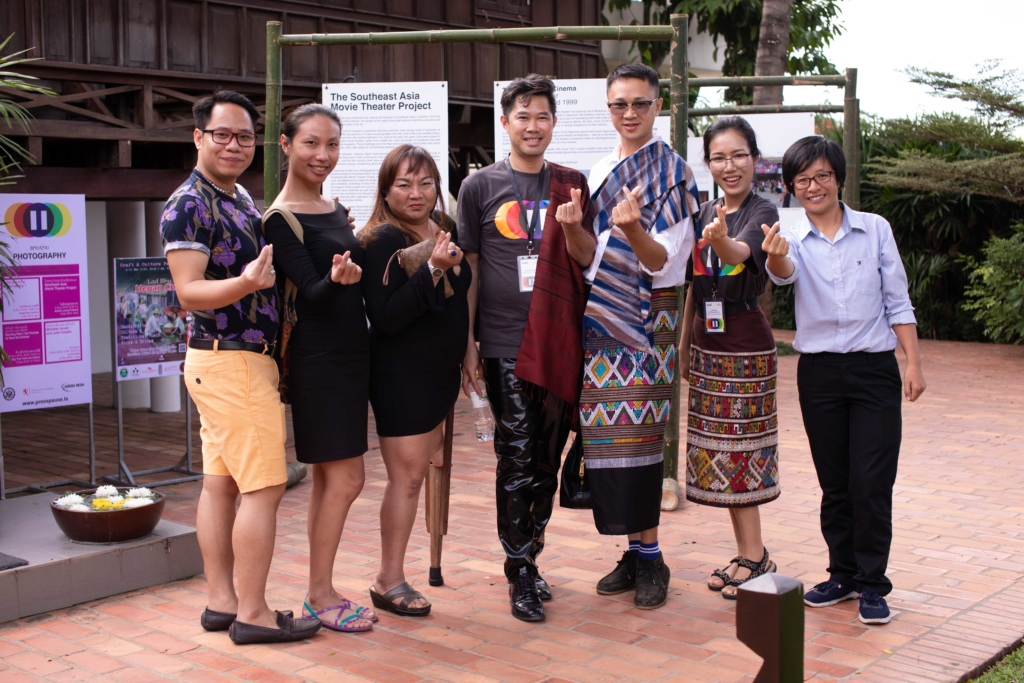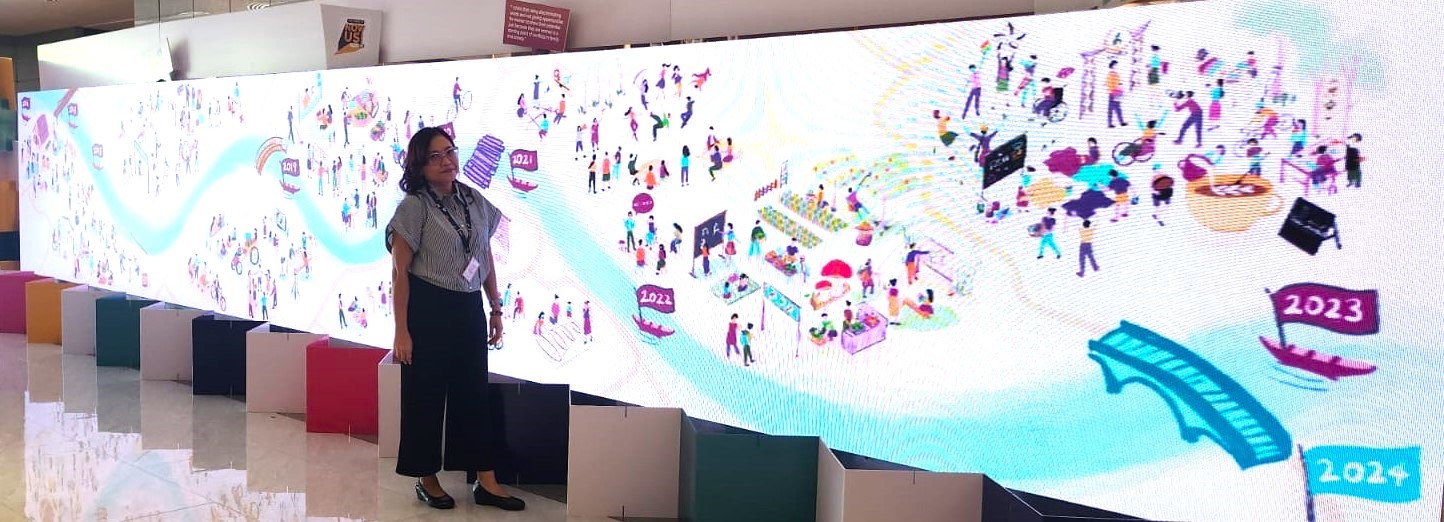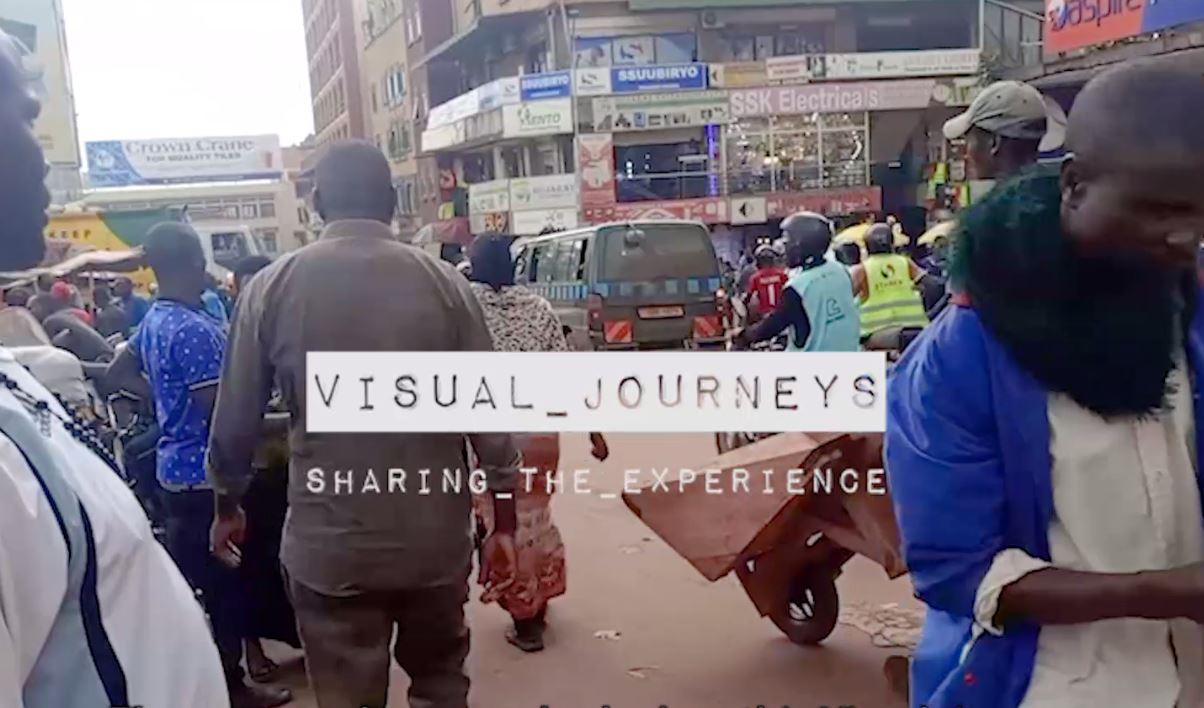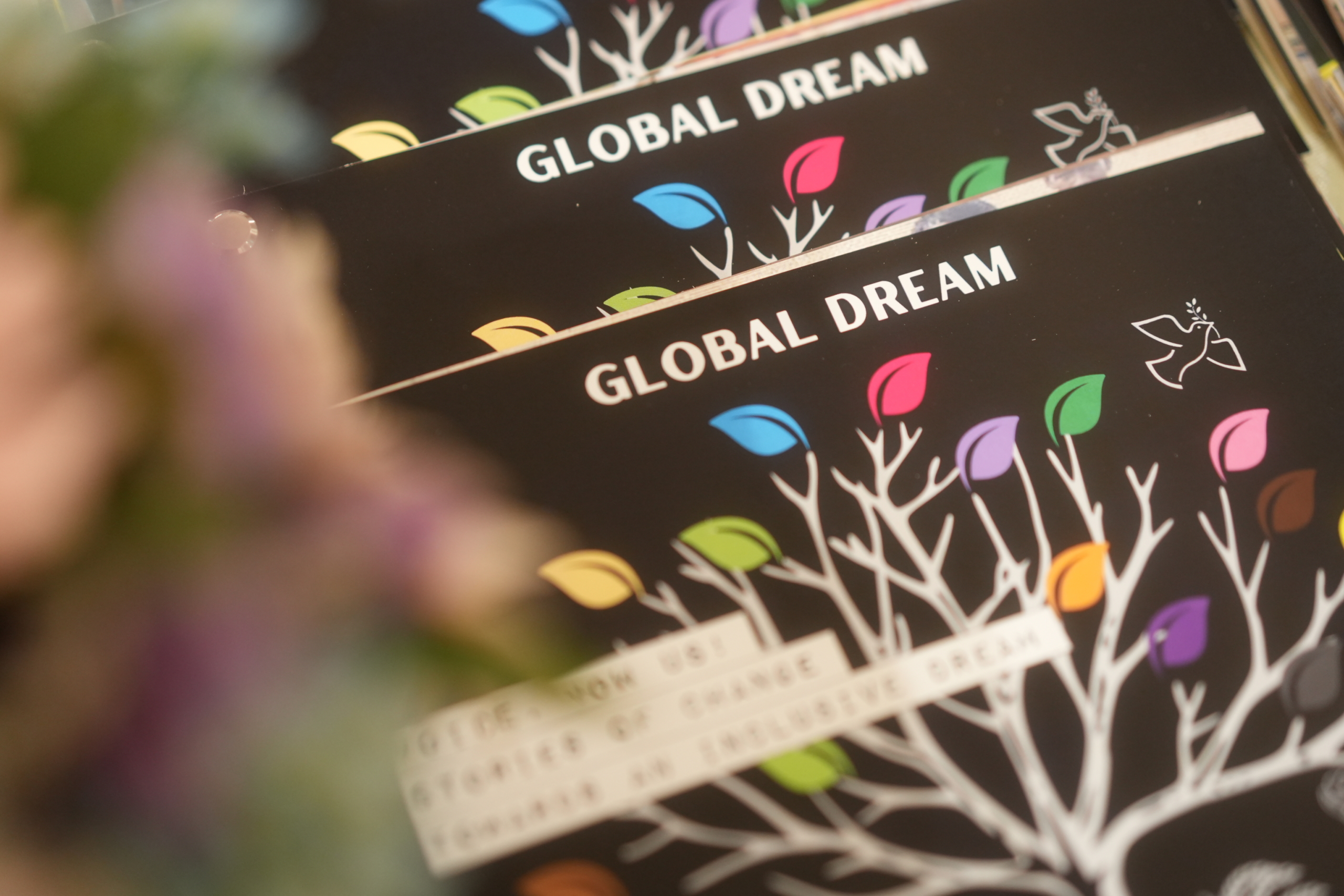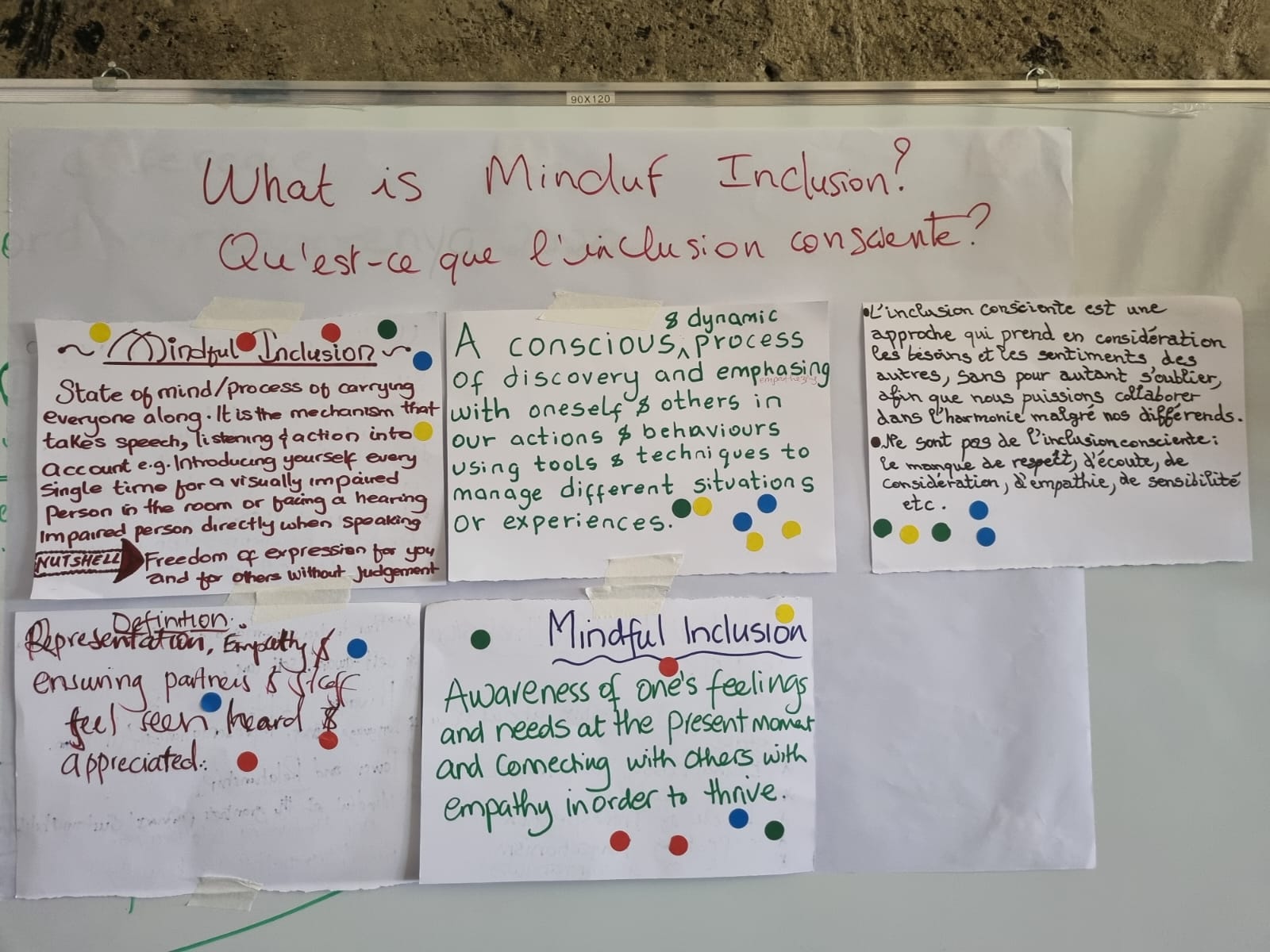Voice in Laos first hybrid annual Linking and Learning event.
The year 2022 is upon us and the Voice in Laos team is excited to share with everyone some memorable moments and valuable lesson-sharing opportunities that occurred at the end of 2021.
The annual linking and learning event took place from the 8th to the 10th of December in Vientiane capital. The event was a hybrid event organized and facilitated by Linking Learning facilitator Laos, HuamJai Association, and its consortium organization Phanthin.
The event was rescheduled as a hybrid format due to the severity of the COVID situation and inter-provincial travel restrictions in some provinces. Those who originally lived in Vientiane’s capital gather in person at Donchan Palace, located at the heart of the Vientiane capital, and some who could not travel can do so via Zoom. This particular annual event was not only for current phase grantees to meet and greet one another, but we also invited previous Voice grantees to attend. We are convinced that this meeting will benefit civil society organizations, individuals, and rightsholder groups, and that it will achieve higher mutual development in the community.
DAY1: Lessons learned and knowledge exchange with previous Voice grantees.
The first day began with the objectives and introductions of various partners, key supporters of the event, and short speeches from those who work behind the scenes to make this grant a success. Voice grantees were introduced to Ishita Dutta, the new program manager, who is currently based in Cambodia via Zoom, during an opening remark.
The day is filled with knowledge sharing from previous Voice grantees, as well as linking and learning from LWDC, which received a Voice grant in phase one. The Voice phase 1 grantees, Women with Disabilities Association (WWDA)
(previously known as Lao Disabled Women’s Development Centre) , Rural development agency (RDA) and Disability Service Centre (DSC), all attended the event to share successful ‘link and learn’ experiences that they believe grantees and rightsholders would benefit from. The three organizations expressed gratitude for the linking and learning model brought into the Voice family. They want to keep this learning dynamic going with the aim of making the development community’s and rightsholders’ voices heard as loudly as possible. Some similar examples of their learning are provided.
- Analyzing skills (tools, collection of information, data analysis and interpretation, and writing a report).
- Photo Voice (quality photography: identifying photograph objectives, shooting an informative photo, how to create a title and caption to illustrate the story).
- The mutual platform they used to share work and network was www.panya.online (via this platform–grantees share learning questions or problems they want to solve/can solve together, success stories to learn from, mistakes that could be avoided, and sharing an area that requires attention).
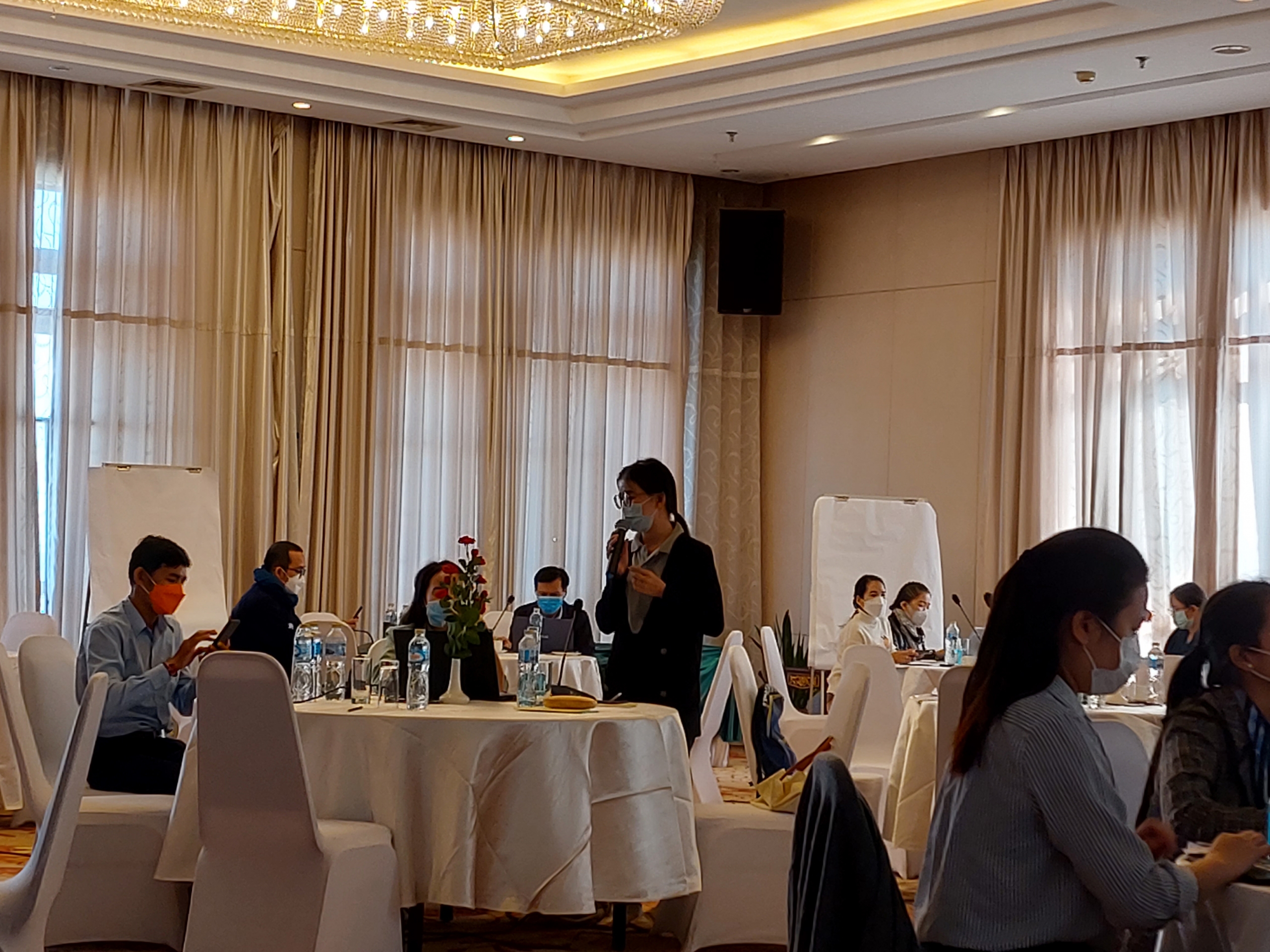
DAY2: Field visit to Voice grantee’s organization.
Prior to the event, the new grantees were asked to choose a Voice previous grantee organization to visit. This aims to have new phase grantees understand the work of the organization that has been supported by Voice, and importantly, to be connected and inspired in the work they do, identify learning gaps, and ask questions to that would assist in the further contribution of good impact.
How does the WWDA work with disabled women? They assist women with disabilities by providing opportunities for self-development and recognizing the value and importance they place on themselves. Yes, women with disabilities are trained to take on leadership roles in a variety of vocational fields such as sewing, sewing, and pottery. Following vocational training, there is a small funding boost for those who want to start a business or find work based on their skills.
The Association for Women’s Development and Legal Education (ADWLE) has been a great supporter to women facing exploitation, abuse, or violence by providing all stages of legal counsel at no cost, they have experts and teams ready to advocate for legal advice and they broaden the reach of all those who want to find a counselor to find a way out for themselves.
Of course, online participants who were unable to travel were not left behind, they were fully facilitated by the Linking Learning facilitation team. The Zoom cameras were moved around (even when we were walking and doing activity) to show the same view that the people in the room were seeing. Participatory questions were posed by online users, and the organization team that we visited responded with knowledgeable and useful resources.
This hybrid event process has not been easy because it necessitates a significant amount of focus and patience. Online users may not be able to receive real-time responses or feel the atmosphere captured on camera, but this recent event has demonstrated that “we can do it,” “we are in this together,” and, for the most part, we are learning from it.
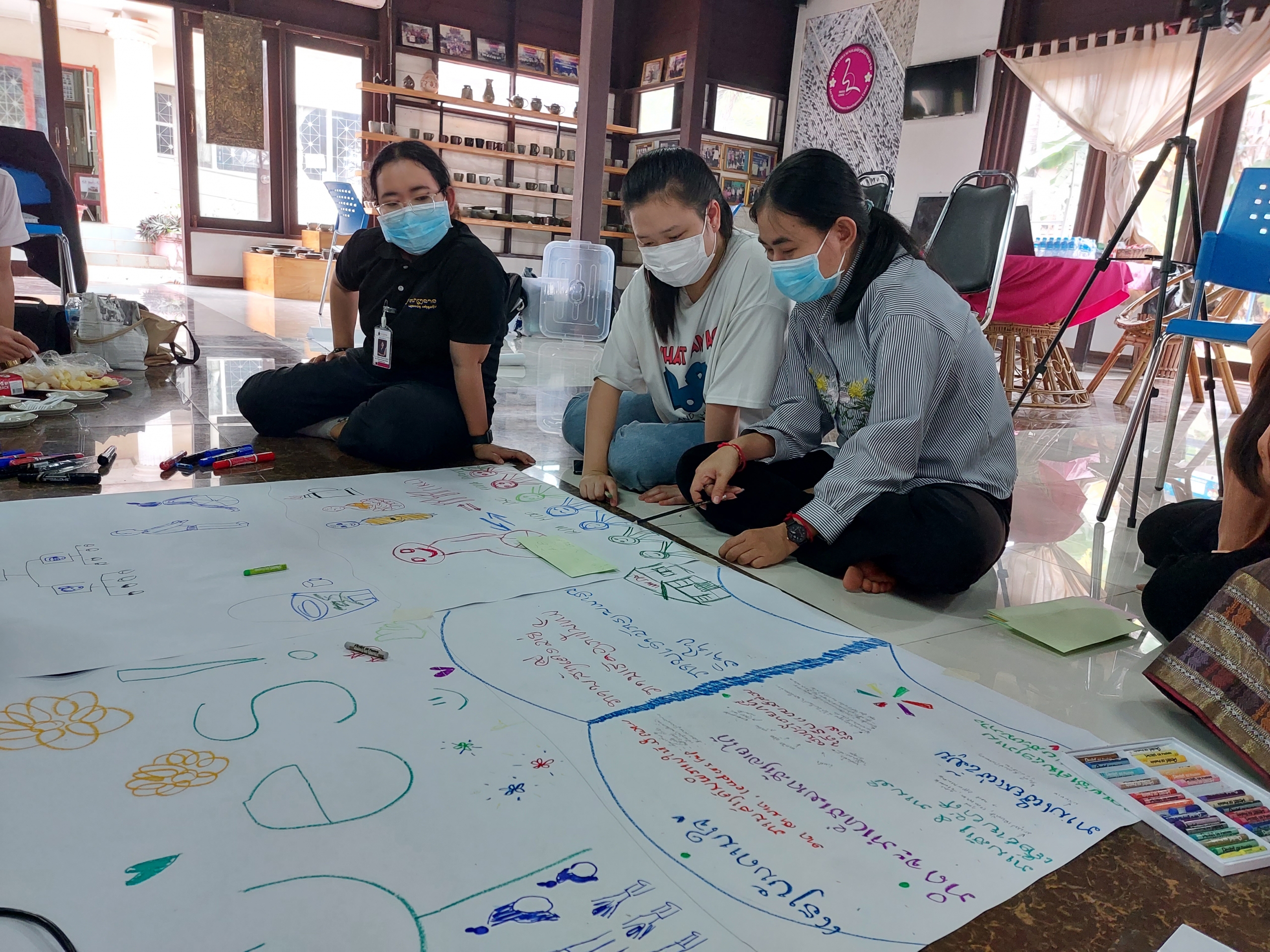
DAY3:
“Hopes” was the theme for the final day. Grantees expressing their hopes for future collaboration among phase 2 grantees are among the hope activities—we give, we take, we learn. Some of the activities that were inspired and planned as a result of the Day 2 field trip, are depicted in ‘vivid drawing.’ Finally, grantees joined hands to brainstorm a type of learning activity they would like to have in order to consistently link and learn.
We may not be able to meet in person today, but we are certainly connected powerfully online. Despite the physical distance, we were grateful to have connected virtually and that the health of everyone in the community is prioritized. The Voice team is keen to find a way of connecting our grantees and rightsholders not only professionally, but also emotionally and spiritually.

